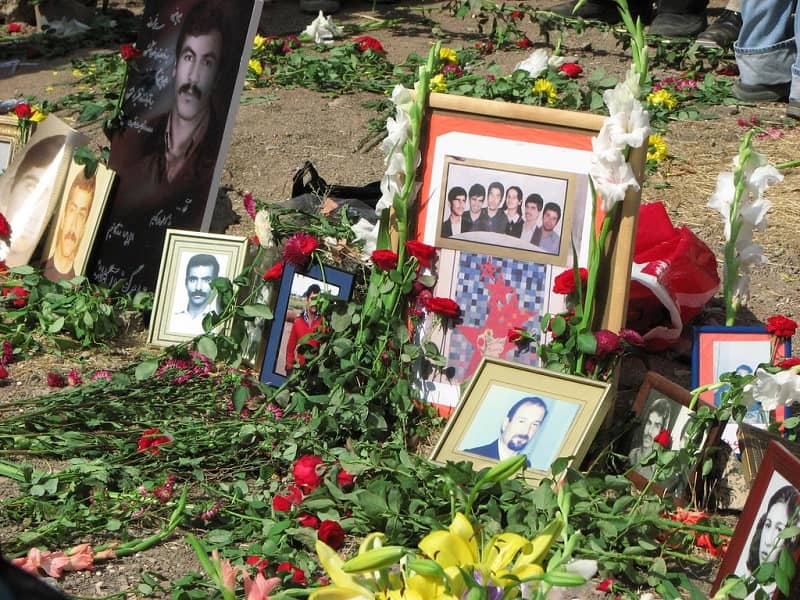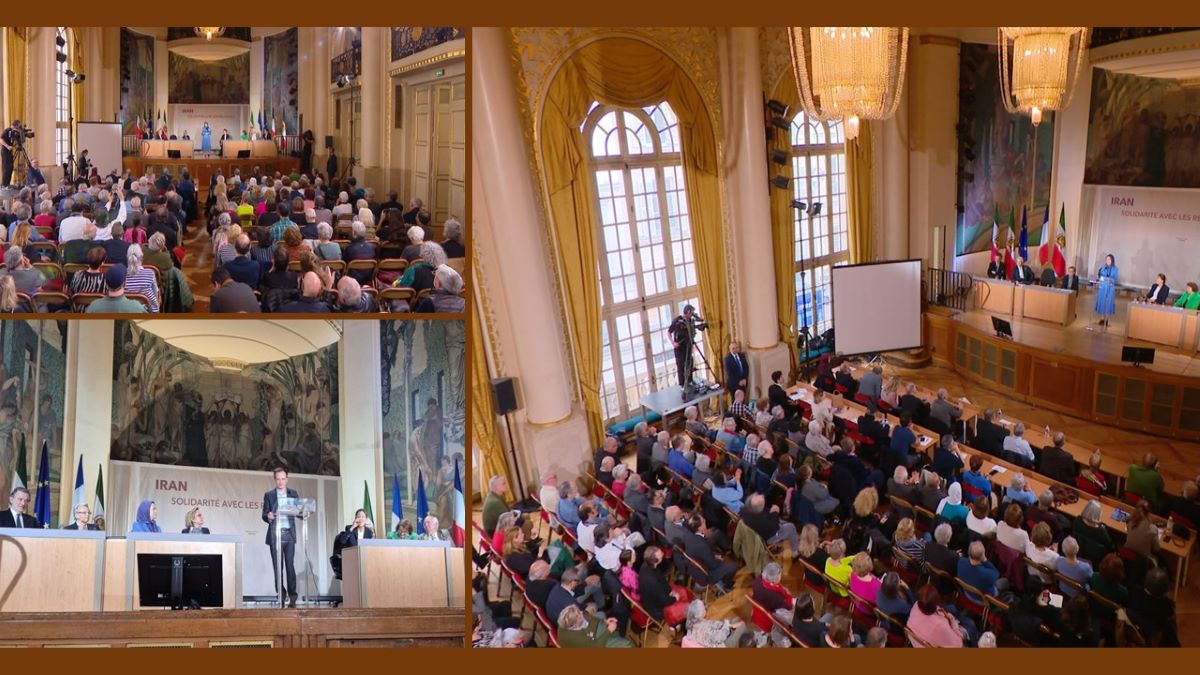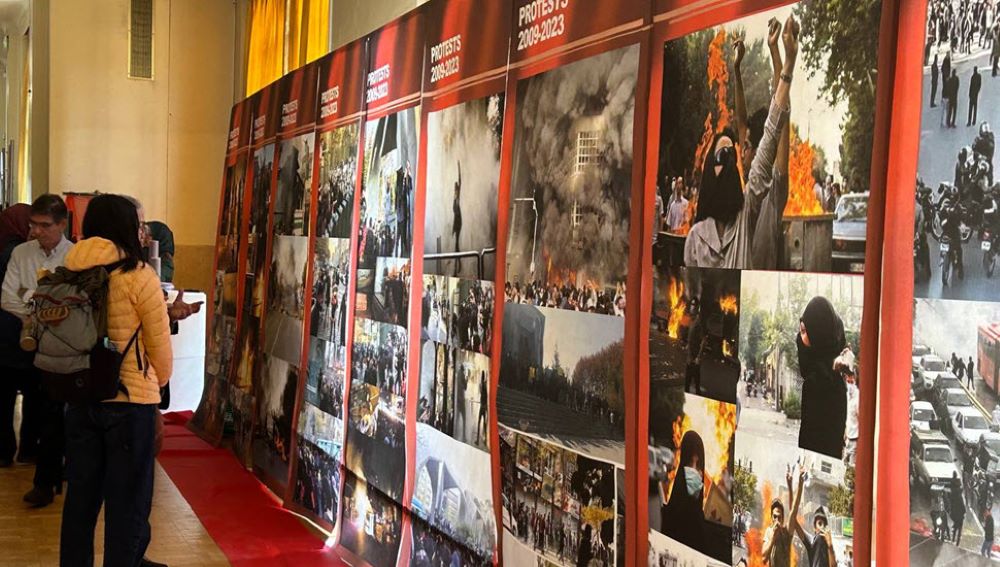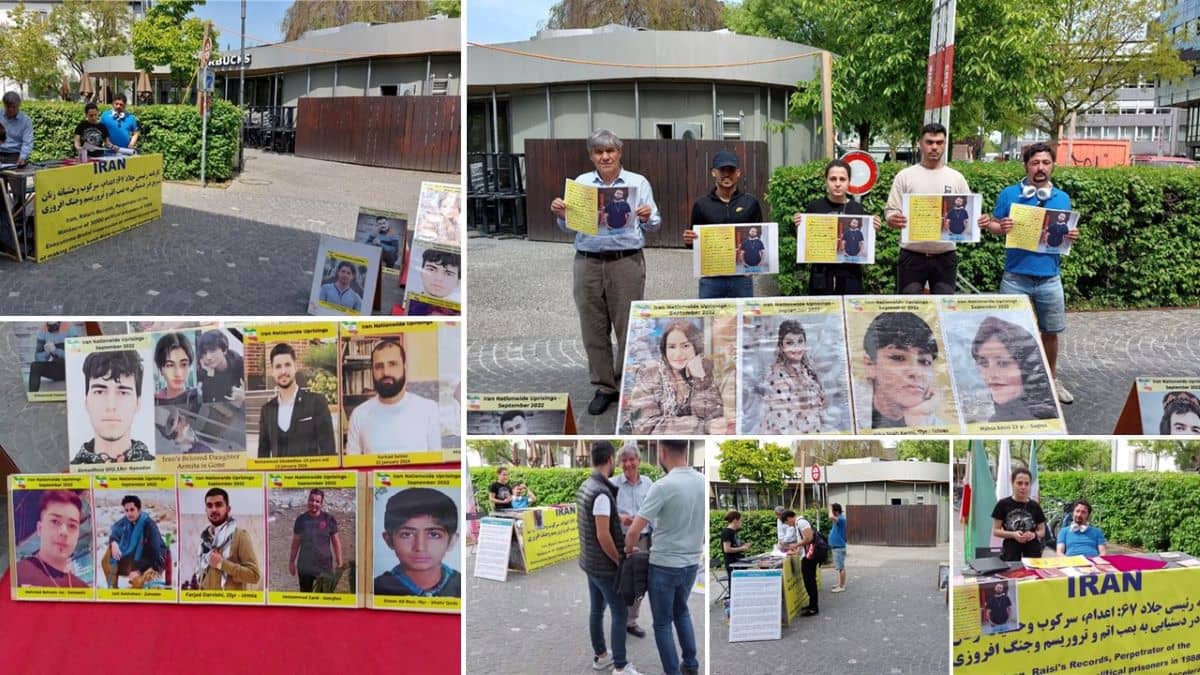
According to Khomeini’s fatwa in the summer of 1988, more than 30,000 political prisoners were executed in Iranian prisons from late July to mid-autumn 1988 in Tehran and other cities and secretly buried in mass graves in often unknown locations.
More than 90 percent of those executed were members and sympathizers of the People’s Mojahedin Organization of Iran(PMOI/MEK), but the massacre included a range of other forces, including Marxist parties and organizations.
Khavaran Cemetery is one of the hundreds of places where the bodies of those executed in the massacre have been buried en masse and is known as a symbol of the massacre litigation and seeking justice.
Therefore, in recent years, the clerical regime has repeatedly destroyed and changed the use of the site to eliminate the signs of the effects of the 1988 massacre. Still, it has not succeeded due to international activities and pressures.
Khavaran is located in the southeast of Tehran on the Tehran-Mashhad road. The cemetery is located next to several cemeteries belonging to the religious minorities of Armenians, Baha’is, and Hindus.
Khavaran consists of two parts. In a section near the main entrance, the bodies of those executed in the 1960s were sometimes buried in solitary graves. In the other part of Khavaran, where there are no signs or tombs, the victims of the 1988 massacre were buried en masse.
A group of families of political prisoners went to Khavaran when they learned of the massacre and the mass burial of their children and tried to find their children’s bodies, who were confronted with heartbreaking scenes of bodies being buried underground. Only a few photos of the incident were sent out of Iran for information, and other documents are still missing.
More than three decades have passed since the national tragedy of the killing of Iranian political prisoners in the summer of 1988. And yet, the rulers of the Islamic Republic (Khamenei and Raisi) of Iran are not only not responsible for why and how this horrible crime, but after a failed attempt to deny and erase the effects and documents of this brutal massacre, they have shamelessly defended their inhuman actions and have always been rewarded!
Not only did they cowardly kill the best children of this borderland, but they also spread their oppression on their families and survivors! Khavaran, on the one hand, is a symbol of a great crime and massacre, and on the other hand, a symbol of the resistance of thousands of freedom fighters.





